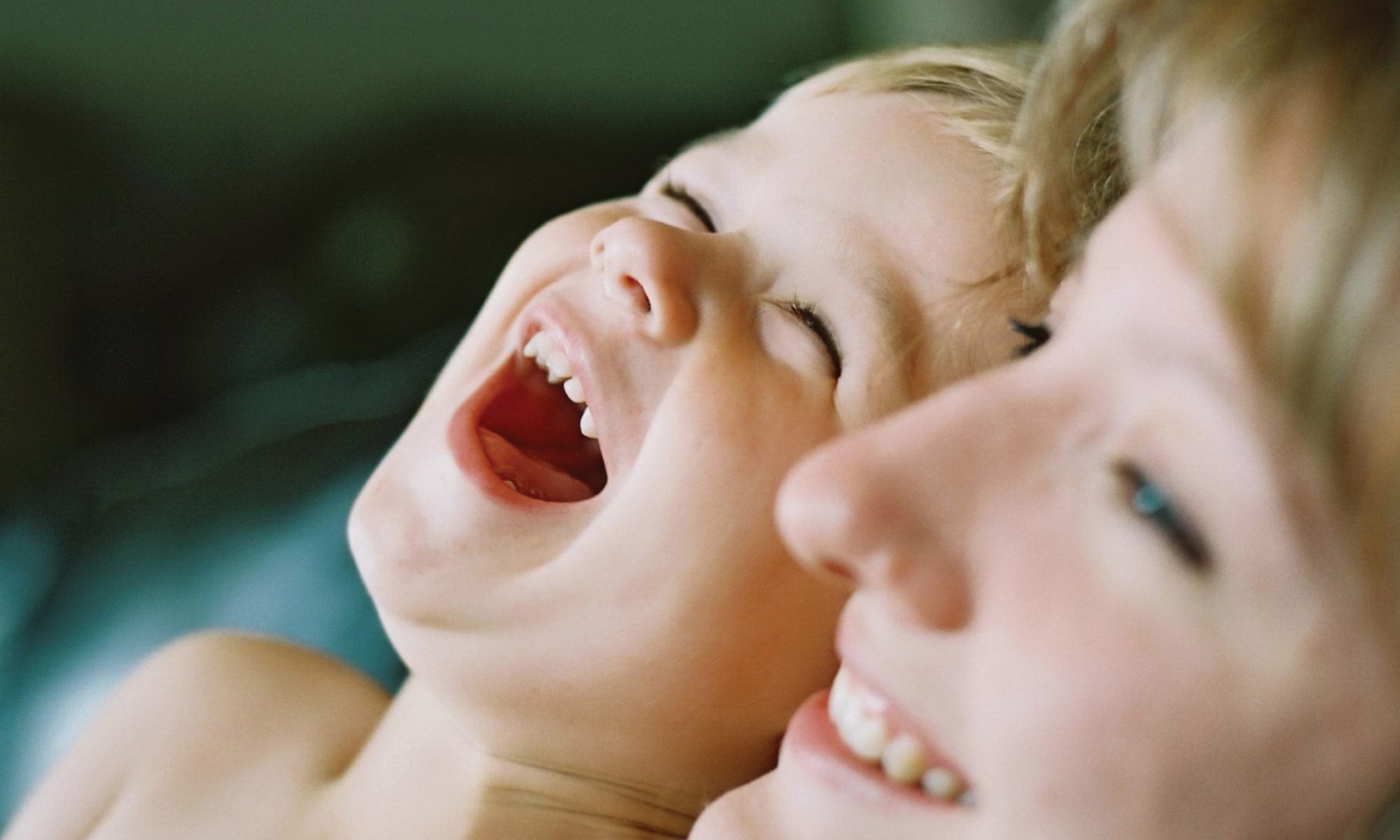Location:
Crozet, VA (outside of Charlottesville, in the foothills of the beautiful Blue Ridge Mountains)
Studio name and link:
Kindermusik with Pam
www.kmusikwithpam.kindermusik.net
Number of years you’ve taught Kindermusik:
Eight
Describe yourself in five words or less:
Dedicated, child-centered, professional, enthusiastic
Favorite Kindermusik song:
“Giraffe and Zebra Move-Along,” from Zoo Train
Favorite Kindermusik activity, and why:
My current favorite activity is the circle dance from Zoo Train, to “Drover’s Dream.” It’s got a great beat and is very adaptable to different movements. Everyone loves to hear the unique sound of the didgeridoo!
A proud moment in a Kindermusik classroom:
After several years of classes, including Village and Our Time, a sweet preschooler now enrolled in ABC Music & Me is demonstrating his solid understanding of the concepts he has learned in Kindermusik. Steady beat, pitch, tempo – you name it! His good beginning truly will never end!
Something your Kindermusik children or families have taught you (could be inspirational, humorous, practical, etc.):
“Shiny stickers are special!” “Hand sanitizer is cold!” “An opened/flattened castanet makes a great pretend phone!” And finally, “Kindermusik is a place where I am accepted and loved for who I am, just the way I am right now!”
Something funny a child has said or done in your classroom:
One of my favorite, most memorable moments occurred during vocal play when we were making doorbell ringing sounds. “Ding, dong” said Abigail’s mom. “Pizza’s here!” said two-year old Abigail!
The reason you teach:
I teach Kindermusik for many reasons. The one closest to my heart is creating those special moments when parent and child really connect in class. These days, precious time to focus solely on our children is rare. It is a blessing to provide these opportunities for families in my community.






